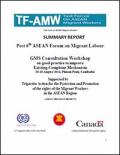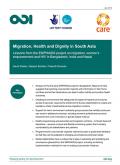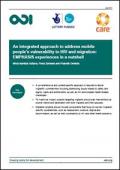Publications on Migrants
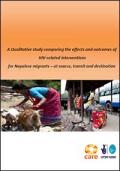
Resource | Publications,
The qualitative study, commissioned by Care Nepal, sought to explore the effects and outcomes of the EMPHASIS project, launched four years ago to reduce HIV and AIDS vulnerability among cross border migrants; and to influence national and regional policies relating to safe mobility through evidence generated regionally.
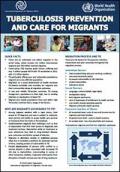
Resource | Fact Sheets,
There are an estimated one billion migrants in the world today, which include 232 million international migrants and 740 million internal migrants. Tuberculosis (TB) imposes great human suffering and loss. 9 million people fell ill with TB worldwide in 2013, with 1.5 million deaths.
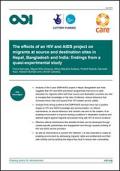
Resource | Publications,
While mobility itself is not seen as vulnerability factor for HIV infection, the unsafe conditions under which people migrate exposes them to a greater risk of infection. Similarly, those left at home may also face loneliness and exclusion. This briefing focuses on the situation across three South Asian countries, Nepal, Bangladesh and India.
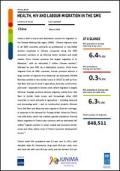
Resource | Publications,
China is both a source and destination country for migration in the Greater Mekong Sub-region (GMS). Chinese migrants work in all GMS countries, primarily as professional or low-skilled workers employed in Chinese companies along the GMS economic corridors or as informal sector workers and small traders.
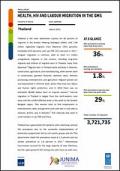
Resource | Publications,
Internal migration in Thailand is largely from the north-eastern rural areas and the conflict-affected areas in the south to the Greater Bangkok region. Thai women tend to find employment in entertainment, sales, and garment work and men in such jobs as cleaners, drivers, and in factories. Thai nationals also work in small numbers in Lao PDR and China.
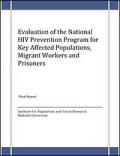
Resource | Publications,
The Institute for Population and Social Research (IPSR) of Mahidol University was selected by the National Committee for the Advancement of AIDS Prevention and the National AIDS Management Center (NAMc) to implement the Evaluation of the National HIV Prevention Program among Key Affected Populations and Prisoners in Thailand during 2010-2013.
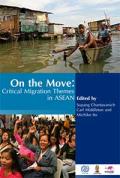
Resource | Publications,
This book explores new concepts and identifies critical themes in migration studies in ASEAN, with a focus on selected emerging trends, namely: various forms and degrees of environmental change and how these changes transform migration; labour, human trafficking and migration; migrant children; and gender.






